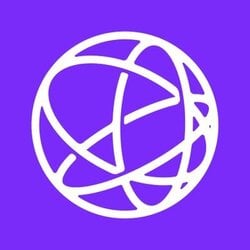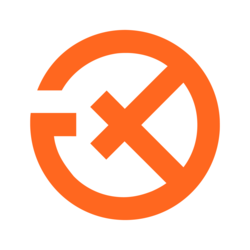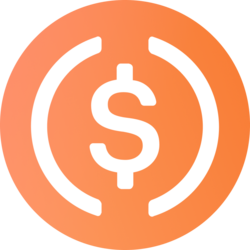The first solar eclipse of 2025 will occur at dawn on Saturday, March 29, with eastern Canada, the northeast of the US, Europe and Africa in its trajectory. From North America you can see a deep partial eclipse, with Canada seeing up to 94% and EU to 85% of the sun blocked by the moon at the maximum point of the event. Later in the day, a smaller eclipse will be seen in western Europe and northwest Africa. This event occurs after the total lunar eclipse of “Blood Moon” of March 13-14, which was visible from North America and also observed from the moon by a spacecraft.
A partial solar eclipse – during which the dark central shadow of the moon, its umbra, barely passes through the earth and the moon only covers a part of the solar disc – will begin in Canada and EU as a deep eclipse to dawn and will end in northern Russia as a mild eclipse.
The rare views of a dawn with the eclipsed sun will be more visible along the Atlantic coast in the Northeast US states, particularly in Maine, New Hampshire and Massachusetts, as well as in New Brunswick and Quebec, in Canada.
From some locations in Maine, New Brunswick and Quebec, you can see “Devil’s Horns” on the horizon, where a horizontal “smiling face” figure will be formed, with its visible ends separately, creating a rare phenomenon. Cities like New York (21%) and Boston (43%) can see the event, with a most of the sun blocked by the moon in northeast places.
Lee: Dwarf Galaxy Discovery in Andromeda offers new questions about star formation
The Nunavik region, in Quebec, Canada, will see a maximum eclipse of 94 % at dawn. According to Timeanddate.com, the point of greatest eclipse during a partial solar eclipse is always found somewhere along the “terminator” line, which divides the diurnal and nightlife sides of the earth.
In Europe, the eclipse will be visible in mid -morning, with London seeing 30%, Paris 23%and Berlin 15%. A mild eclipse will be visible in some parts of northwest Africa and Russia.
How to see the solar eclipse safely
To safely observe any part of this eclipse, it is essential to use adequate ocular protection and solar filters in the objective lenses of telescopes or binoculars. Eclipse glasses that comply with the international standard ISO 12312-2 should always be used.
Eclipse glasses suppliers and safe solar filters can be found in the list of safe solar filter suppliers and viewers of American astronomical society. Stenopic projectors are a safe and indirect way to see the event.
A repetition of the June 10, 2021 show
This partial eclipse occurs three years and nine months after a similar eclipse on June 10, 2021, when an annular solar eclipse at the northern end of Ontario, Canada, Greenland and Russia allowed to see a partially eclipsed dawn from the northeast States of the US. An eclipsed dawn in more than 70% was visible from Toronto, Philadelphia, New York and Boston.
Lee: A total lunar eclipse such as this cannot be seen again until 2048: NASA
The next visible solar eclipse in North America will be a small partial solar eclipse on August 12, 2026, while eclipse hunters will be able to witness a total solar eclipse in Greenland, Iceland and Spain. A complete metonic cycle later, a total solar eclipse will be visible in 13 US states on August 12, 2045. Before that, total solar eclipses will be seen in the US, early on March 30, 2033 in Alaska and near the sunset on August 22, 2044 in Montana and the Dakotas.
This article was originally published by Forbes US
Inspy, discover and share. Follow us and find what you are looking for on our Instagram!








































